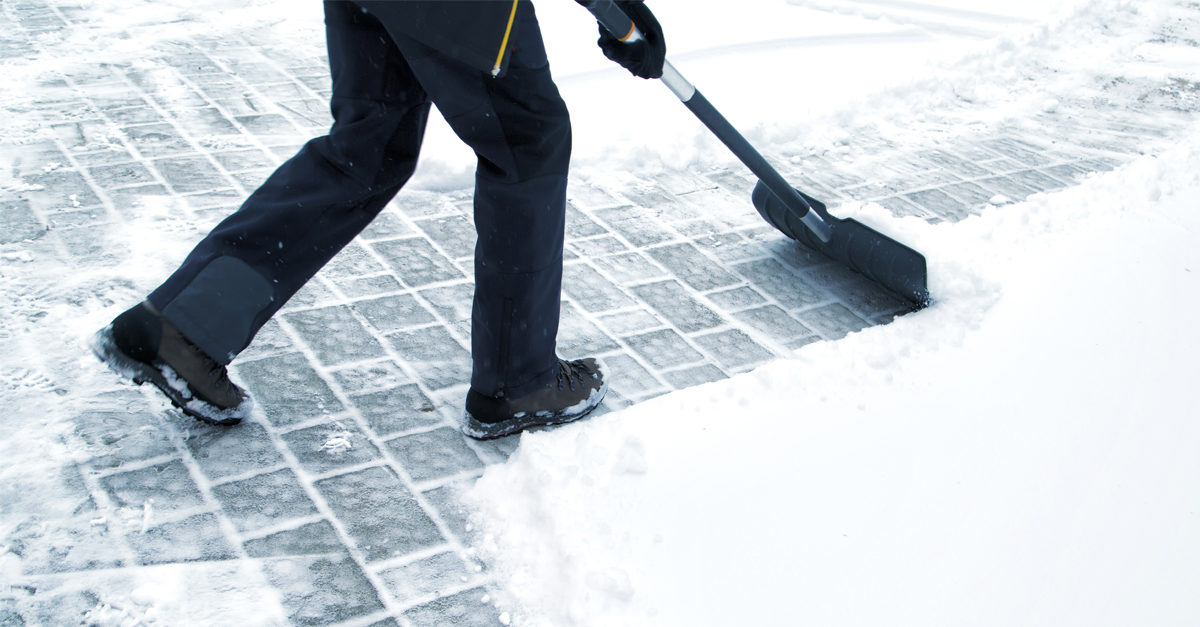Although you may not want to think about it in August, snow and ice season is only several months away, and may be even closer, depending on where you live. If you service areas that are prone to wet and freezing temperatures, chances are you will be responsible for ice and snow removal. Planning now for bad weather events will help you respond quickly, efficiently, and profitably.
Many locations have laws that require prompt snow and ice removal from public sidewalks and commercial properties. Ice and snow removal involves shoveling, plowing, and applying ice-melting and anti-slip products, such as salt or sand. Disposing of snow you remove from sidewalks and parking lots also is an issue and will impact your labor and supply costs. Will you pile it high, haul if off site, or melt it on site?
Consider Costs When Bidding
Costs and pricing for snow removal depend on various factors such as labor rates (including taxes and benefits), equipment and supply costs, and operational and managerial efficiency. Add profit and overhead cost, and you have your loaded billable hourly rate.
Billable hourly labor rates for snow and ice removal typically range from 2 to 3 times the hourly wage rate. Calculate supply and equipment costs by using manufacturer application and production rates or rental costs for the expected weather conditions and the square footages of the areas serviced. Once you’ve determined the actual costs, they are your best source for projection of future costs and staffing levels.
Tailor Costs to Labor Expectations
In most cases, snow removal is bid on a fixed-service call rate that is also based on a specific depth of snow. For example, you might charge a different amount for a dusting of 2 inches or less than you would for a moderate snow fall of up to 12 inches or a heavy snow fall of 12–18 inches. However, on-call services may charge a higher rate.
Estimate Staffing and Workloading
Although it is difficult to accurately predict costs due to weather uncertainty, there are exceptions. If you live on a mountain, you can assume there will be snow and ice all season long. Weather forecasts and past experience can be helpful in planning, but there are no guarantees. The best approach is to prepare for the worst and keep your options open.
For a light to moderate snow fall during a work shift, in-house contracted operations typically use assigned staff. If an event happens overnight, staff may be called in 2 to 4 hours early to clear sidewalks, steps, parking lots, and entrances.
Check Your Equipment
Don’t wait for the first snowfall to make sure you have the proper supplies and your equipment is in good working order. Stocking these supplies now, getting a firm grip on their costs, and servicing any mechanical equipment—such as walk-behind and riding snow blowers, plows, and trucks—in advance will help to accurately prep your bids.
If your equipment needs go beyond what you can handle in-house, prearrange to use a contract service. Negotiate prices and have quotes and service agreements signed and in place by the end of summer.
Now that you’re prepared, enjoy the rest of the summer.




